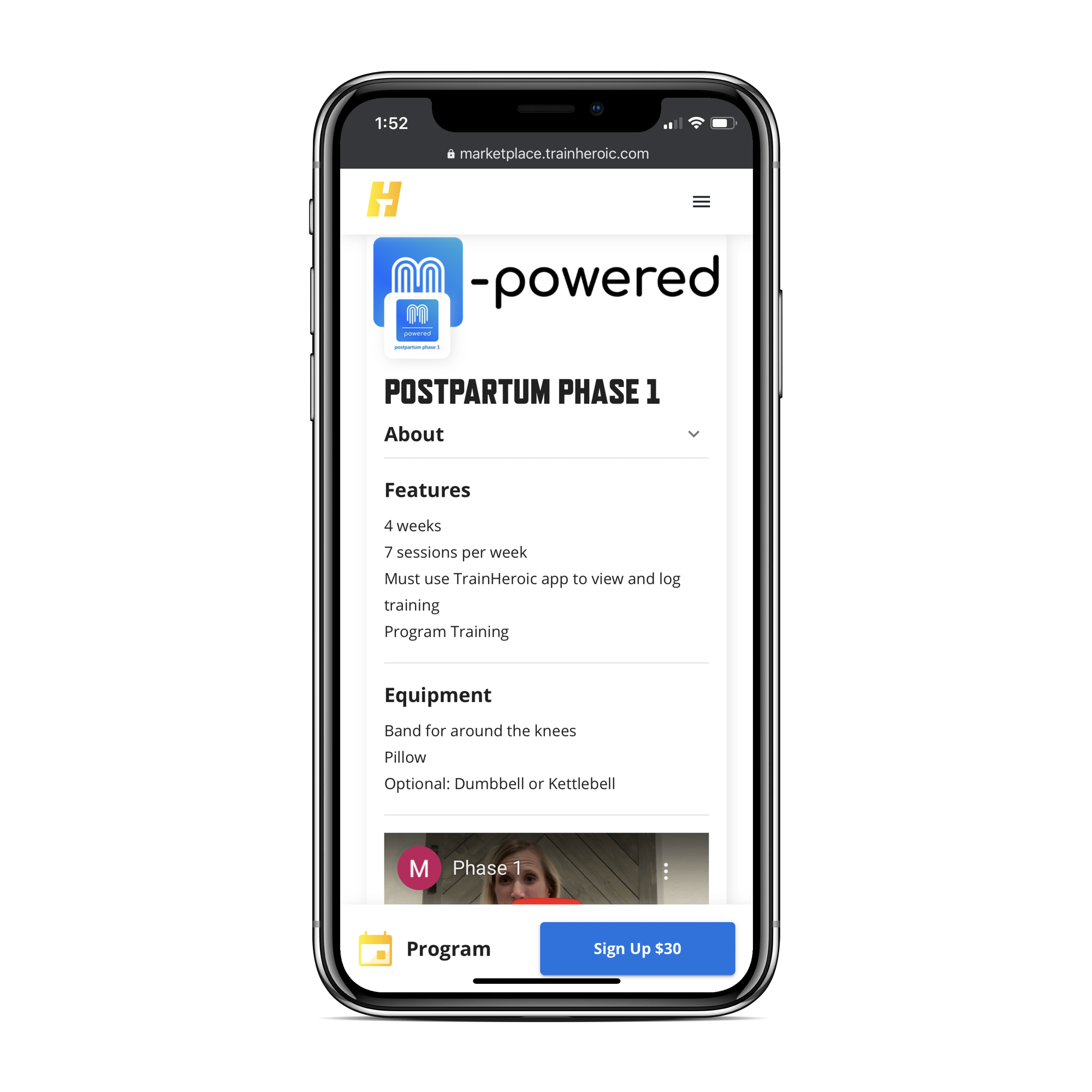The 6-week postpartum doctor’s visit is when women are often “cleared” for activity and are often advised to start slowly and gradually build exercise volume. Running is a popular activity in the postpartum population given the flexibility of scheduling exercise, weight loss and fitness benefits and ability to participate in exercise with your baby (once they can safely ride in a jogging stroller). There are many variables that factor into a woman’s readiness for activity having a baby including but not limited to: variation in pre-pregnancy activity levels, birth experiences/injuries, sleep quality, musculoskeletal pain and energy supply. This one size fits all timeline for return to activity is insufficient.
The demands of running on the postpartum body are strenuous with loads exceeding 2-3 times body weight with each foot strike. The pelvic floor muscles must contract and relax in response to this load to maintain continence and lumbopelvic stability. Complaints such as stress urinary incontinence, lower back or pelvic pain and hip pain can be common for the postpartum runner and likely relate to insufficient strength and/or coordination of the pelvic floor and surrounding system.
In March 2019 international experts in the fields of women’s health and running physical therapy published guidelines to help the general public, fitness and health care professionals become more educated on safe and evidence-based return to running after having a baby.
The Guidelines recommend:
Do not wait until 6 weeks postpartum to begin moving. Start small, slow and as soon as you are feeling up to it. This figure provides further information on progressions starting in the first week postpartum.
All women should consult with a women’s health physical therapist trained in pelvic floor examination/treatment at 6 weeks postpartum to prevent stress urinary incontinence, pelvic organ prolapse and to improve sexual function.
Return to running is not recommended until 3 months postpartum given the recovery timeframe for the pelvic floor and abdominal wall after vaginal or Cesarean delivery. This timeframe may be longer if symptoms of pelvic floor dysfunction are present (incontinence, painful intercourse, dragging or heaviness in the pelvic floor region)
Assess pelvic health, strength and load impact management to determine readiness for return to running. We have put together the following videos outlining strength and load impact management tests you can easily perform at home to determine your readiness to run postpartum. All tests should be completed without urinary or fecal incontinence or urgency, lumbopelvic pain, heaviness/pressure/dragging in the pelvic region.
Strength criteria: single leg calf raise, single leg bridge, single leg sit to stand, sidelying hip abduction
Load impact management criteria: walk 30 min, single leg balance 10 sec, single leg squat 10 reps, jog in place 1 min, forward bounds 10 reps, single leg hop 10 reps, running [wo]man 10 reps.
Please contact the women’s health experts at Mend for more information on how to return to running after pregnancy.
Click Here
Best Postpartum Exercises


